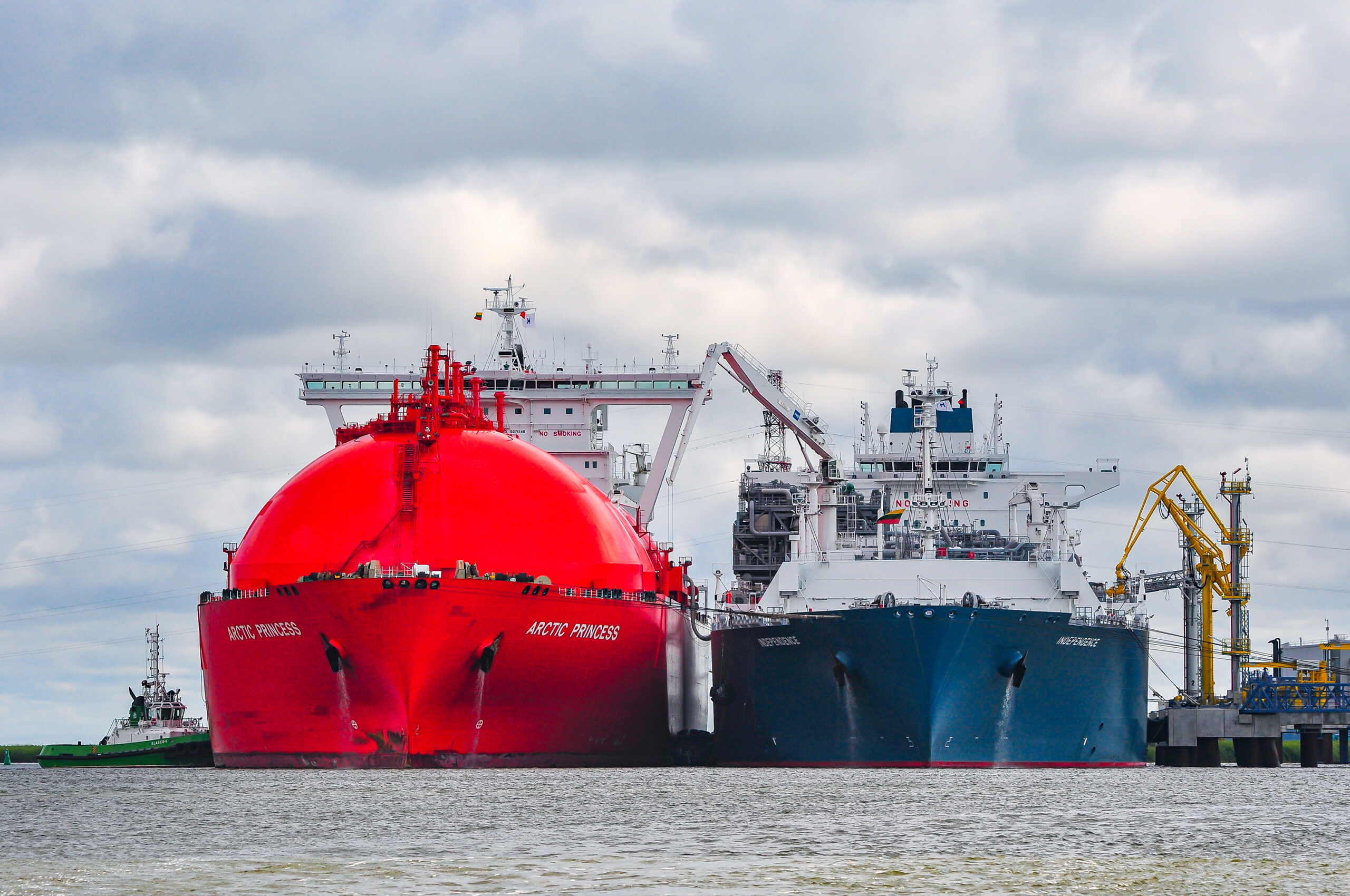Wilhelmsen Ships Service (WSS) has highlighted soot accumulation in a ship’s exhaust gas boiler (EGB) as a serious issue, calling upon ship owners and operators to treat their fuel post-combustion in order to mitigate the problems that arise as a result.
WSS say that accumulation of soot in a ship’s EGB can lead to reduced EGB efficiency, increased cleaning costs and corrosion, and pose an additional risk of soot fires by lowering the ignition temperature of soot.
Heavy fuel oils (HFOs) contain contaminants that leave deposits, such as Vanadium, Sodium, Aluminium, Silica, and Potassium, which leave deposits when burnt. These deposits pass through the ship’s exhaust valves and turbochargers with the flue gases until they reach the EGB where they can stick, creating an insulating layer that reduces heat transfer and the overall efficiency of the boiler.
Jonas Östlund, WSS Product Marketing Manager, Marine Products, Oil states that: “Soot deposits are particularly effective at reducing heat transfer as they insulate extremely well. A 1 mm layer of soot can reduce EGB efficiency by 10%. Left to build up to a 3 mm layer, EGB efficiency can be reduced by up to 50%.”
Furthermore, soot fires from lowering the ignition temperature can damage the EGB permanently, while the reaction of sulphur trioxide and air moisture can form sulphuric acids that leads to corrosion of equipment surfaces and tubes.
All these problems require higher maintenance. Cleaning EGB’s for around 5 hours during port calls, usually every two months, is recommended, while wash water containing acidic soot may have to be disposed of onshore at an extra cost (although this is still up for regulatory discussion), say WSS.
However, post-combustion fuel treatment can mitigate the problem of soot build up in the EGB, say WSS.
WSS’ Unitor FuelPower Soot Remover Liquid Plus is automatically dosed four times a day and dispensed as a fine mist that condensates onto the soot and continues to oxidise it. This prevents soot from being deposited in the EGB and is active from 180°C, making it suitable even for slow steaming operations where temperature of the exhaust gas are much lower.
Unitor’s FuelPower Soot Remover Liquid Plus has been thoroughly tested over the course of the last year on board Wilh.Wilhelmsen’s 76,500 GT RoRo MV Tønsberg. Prior to its daily dosing, the vessel’s EGB required regular cleaning every two months.
Stein Gravdal, Chief Engineer on the M/V Tønsberg, refers to the product as a “magic potion that works wonders”, adding that the EGB still looks almost completely clean after the extensive test period. The chief Engineer also highly recommends the technology based on its ROI, stating that “The outlay is negligible when measured against the very real efficiency gains the treatment delivers. It amounts to less than half a per cent of daily fuel cost.”
Ship Efficiency Review News
To contact the reporter responsible for this article, please email editor@fathom-mi.com

































